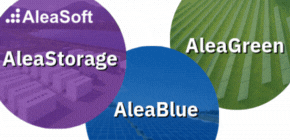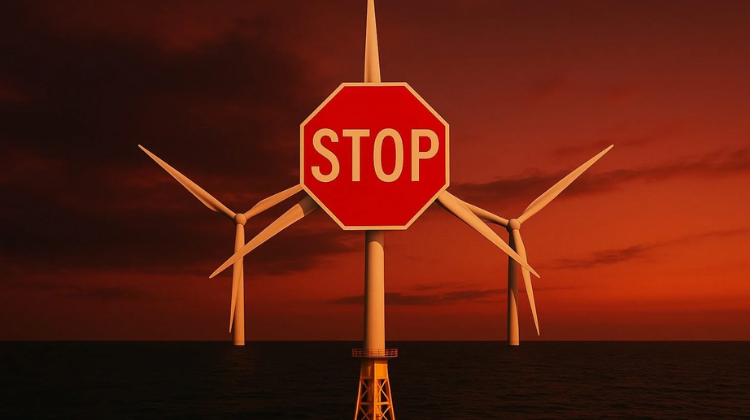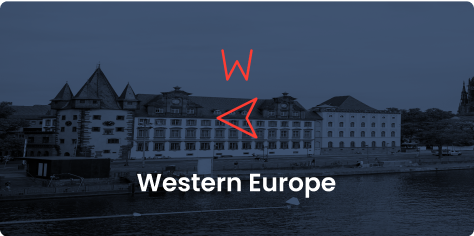Germany’s energy transition faces a new obstacle. In April 2025, solar capacity expansion remained well below the one-gigawatt threshold, reaching only 838.5 megawatts. This figure is only slightly higher than March’s results and falls significantly short of the monthly average needed to meet the government’s ambitious decarbonisation targets for 2030.
At the current pace, Germany is unlikely to reach its planned target of 215 GW of installed solar capacity by the end of the decade, a key milestone under the Renewable Energy Sources Act (EEG). To stay on track, the country would need to add an average of at least 1.5 GW per month, a figure that the April results fell far short of.
According to the Federal Network Agency (Bundesnetzagentur), the slowdown is largely driven by weak demand for new rooftop PV systems. In addition, installations in large open spaces have also slowed, hindered by delays in permitting processes and land use restrictions. In contrast, plug-in solar devices, known as Balkonkraftwerke, continue to thrive, buoyed by regulatory simplifications and increasing consumer interest in self-generation.
Renewables Debate at the Storage Renewable and EV Forum
These challenges will be addressed at the upcoming virtual “Storage Renewable and EV Forum SEC”, organised by Strategic Energy. The event is scheduled for 21 and 22 May, running from 10:00 AM to 2:00 PM CEST.
It will bring together senior executives, policymakers, and technology providers to discuss the barriers and opportunities facing the expansion of renewable energy in Europe, with a focus on the lagging German solar market, energy storage technologies, and e-mobility solutions. Participating will be IRENA (international renewable energy agency), SolarPower Europe, Hydrogen Europe, and companies such as GCL SI, SolPlanet, SMA Solar, and others. Those interested can access the full agenda and register here.
Other Renewables Gain Ground, but Not Fast Enough
While solar expansion falters, other renewable sectors are making progress—albeit at a slower-than-required pace.
-
Onshore wind energy added 316.1 MW of new capacity in April, representing a moderate recovery after several months of stagnation. However, industry experts warn that this is still far from the levels needed to meet the 115 GW target by 2030.
-
Offshore wind energy registered no new operational projects in April, a worrying sign given the significant role this sector must play in Germany’s future energy mix.
-
The biomass sector continues to expand marginally, adding only 11.9 MW in new capacity, as it faces increasing competition from cheaper and more scalable renewable alternatives.
Regional Performance: Stark Contrasts Between States
Germany’s renewable energy expansion shows pronounced regional disparities:
-
Bavaria leads the solar push with 835 MW of new capacity added so far this year, benefiting from high solar irradiation levels and strong regional incentives.
-
North Rhine-Westphalia follows with 460 MW, although regulatory hurdles continue to slow further progress.
-
States like Bremen, Hamburg, and Berlin remain at the bottom of the rankings, contributing negligible new capacity to the national figures.
In the onshore wind segment, Lower Saxony remains the leader with over 973 MW of new installations, followed by Schleswig-Holstein with 228 MW. These northern states benefit from more favourable wind conditions and longstanding infrastructure for wind energy deployment.

Plug-In Solar Devices: A Fast-Growing Market Segment
Despite the broader stagnation, plug-in solar devices—small, easily installable systems connected directly to household outlets—are seeing remarkable growth. In April alone, 73,152 units were installed, contributing 762.5 MW of new capacity. Including pending registrations, this figure is expected to surpass 838.5 MW, underlining the growing consumer appetite for decentralised energy production.
These devices are increasingly seen as an entry point for households to participate in the energy transition. The Bundesnetzagentur highlights that recent regulatory changes allowing simplified grid connection processes and financial incentives have significantly boosted the adoption of these systems.
Bundesnetzagentur Issues a Clear Warning
The Federal Network Agency has issued a clear warning: at current expansion rates, Germany is in danger of missing its climate targets and falling behind in the European renewable energy race. Policymakers are under pressure to accelerate permitting procedures, provide stronger financial incentives for large-scale PV projects, and enhance support for energy storage systems that can help stabilise the grid as renewable penetration increases.
Without decisive policy interventions, experts fear that Germany’s ambition of becoming a global leader in renewable energy could be compromised, affecting not only its environmental goals but also its industrial competitiveness in the emerging clean energy economy.































